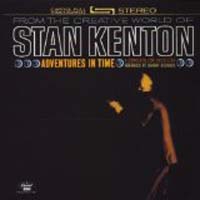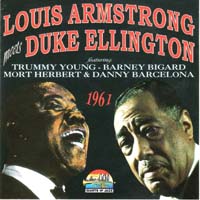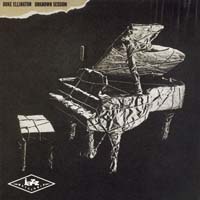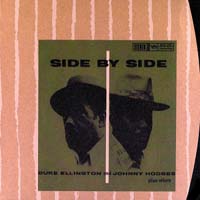Artist: Cecil Taylor Album: Unit Structures
Year: 1966Duration: 0:0-1
Critically Reviewing Cecil Taylor's Unit Structures Album
Cecil Taylor was a renowned and innovative pianist who became a leading figure in the jazz avant-garde movement. He blazed new trails in the genre, incorporating free jazz with classical music and other forms of experimental musical expression. In this piece, we will be critically reviewing Taylor's 1966 album, Unit Structures.
This album features a band that includes some of the most prominent jazz musicians of the 1960s, who all demonstrate technical virtuosity and an incredible level of musicianship. The album stands as a testament to the creativity, versatility, and originality of Taylor and his ensemble.
Unit Structures is a landmark album that explores unconventional harmonic and rhythmic concepts in innovative ways. It features long, multi-sectioned compositions that are characterized by sudden shifts in mood, tempo, and texture. Taylor's playing is full of fire and intensity, and the album is a showcase for his unconventional style, which challenges conventional notions about melody and harmony.
One of the most impressive aspects of this album is the way in which the musicians interact with each other. The ensemble's improvisation is spontaneous and intuitive, with each member responding to the others' musical ideas in real-time, creating a constantly evolving musical dialogue. The instrumentalists all seem to be fully invested in the project, and their collective energy is palpable.
The album's highlight songs include Steps, Enter, Evening (Soft Line Structure), and Unit Structure/As of a Now/Section. The first track, Steps, is a multi-part composition that boasts intricate rhythms and angular melodies. The latter two tracks are both fifteen-minute-plus epic explorations that move through various styles, tempos, and tonalities. These pieces are exemplars of Taylor's signature style.
Moreover, Unit Structures features some of the most innovative parts that were ever recorded for jazz music. For example, the album is notable for Taylor's use of prepared piano, a technique where objects such as coins, rubber bands, and nails are placed on the strings of the instrument to alter its timbre and create unconventional sounds. This technique adds an entirely new element to the music, making it more exciting, unpredictable and challenging for the listener.
In terms of criticism, it's worth noting the album's unconventional structure and atonality could make it difficult for listeners unfamiliar with the free jazz and avant-garde styles. Moreover, the length of the compositions might overwhelm untrained ears or people with shorter attention spans. However, for those who are ready to invest the time and effort, this album can be a highly rewarding experience.
Unit Structures is an extraordinary album that remains as one of Cecil's best works as a musician, composer, and innovator in jazz. The album is a bold and adventurous musical statement that features a group of virtuoso musicians exhibiting a high level of creativity, skill, and collaboration. While the unconventional structure of the compositions and atonality may be offputting to some, it is an album worth listening to for its innovation, techniques used, and a collective display of musicianship. Ultimately, Cecil Taylor's Unit Structures album is a testament to the ongoing musical experimentation and innovation that characterizes jazz as a unique art form.
Other #Big band albums:
SIMILAR BANDS
balls, from 1 to 5, describe similarity between the two bands
SOMETHING NEW? LISTEN TO RADIOGENRE
SUGGESTED PLAYLISTS



















 Tristano Compositions 1989.jpg)








 Thrash metal
Thrash metal Italian jazz
Italian jazz Minimal dub
Minimal dub Soundtrack
Soundtrack Gothic metal
Gothic metal Grime
Grime Trap Music
Trap Music Funk
Funk Jump up
Jump up Electro dub
Electro dub The very best of house music
The very best of house music The very best of nu metal
The very best of nu metal The very best of folk rock
The very best of folk rock The very best of salsa
The very best of salsa The very best of dub
The very best of dub The very best of neo soul
The very best of neo soul The silk journey, from India to Flamenco
The silk journey, from India to Flamenco The very best of soul music
The very best of soul music The origins of Ska
The origins of Ska Old skool hip hop
Old skool hip hop